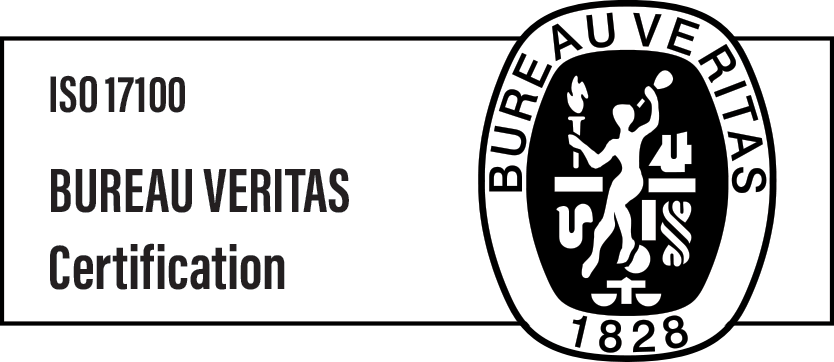Art of translation
Yesterday was international translations day. It’s mainly celebrated through promos and memes in our industry. The day was officially started by the US congress as the bible translation day some half a century ago. During the day I answered several phone calls from friends who wanted to mark the day knowing my professional interests. Some of them asked “so what do you wish a translator on her day?”
It got me thinking. What a translator needs to be happy with his job and how far has his job actually wandered off from the origins of the day. How far is a translator from a skilled artist? With no doubts one has to be a skilled artist to translate the bible.
The translators I talk to on daily basis need good tools, fast fingers, at least 5-core processors in their laptops, multilingual resources, marketing skills, industry connections…. Obviously, they need to know at least two languages fluently. I intentionally write “know” and not “speak”. Have you noticed how many very good translators have terrible accent? Yes, they don’t need to actually speak a language 
The translators of today do not need to be artists. Contracts, help files, manuals and software strings are not written in artful language and the user is not expected to ponder and marvel over the exquisite rhythm, style and selection of words.
And if it weren’t for the whole other language industry of literature translation we could all agree that translators are not artists anymore. However there are people working on translation of Shakespeare, Miłosz and Tolkien who are unquestionable artists.
My conclusion after this year’s international translation day is that business translators and literature translators are two completely different professions.
Contact us with any questions you might have.

